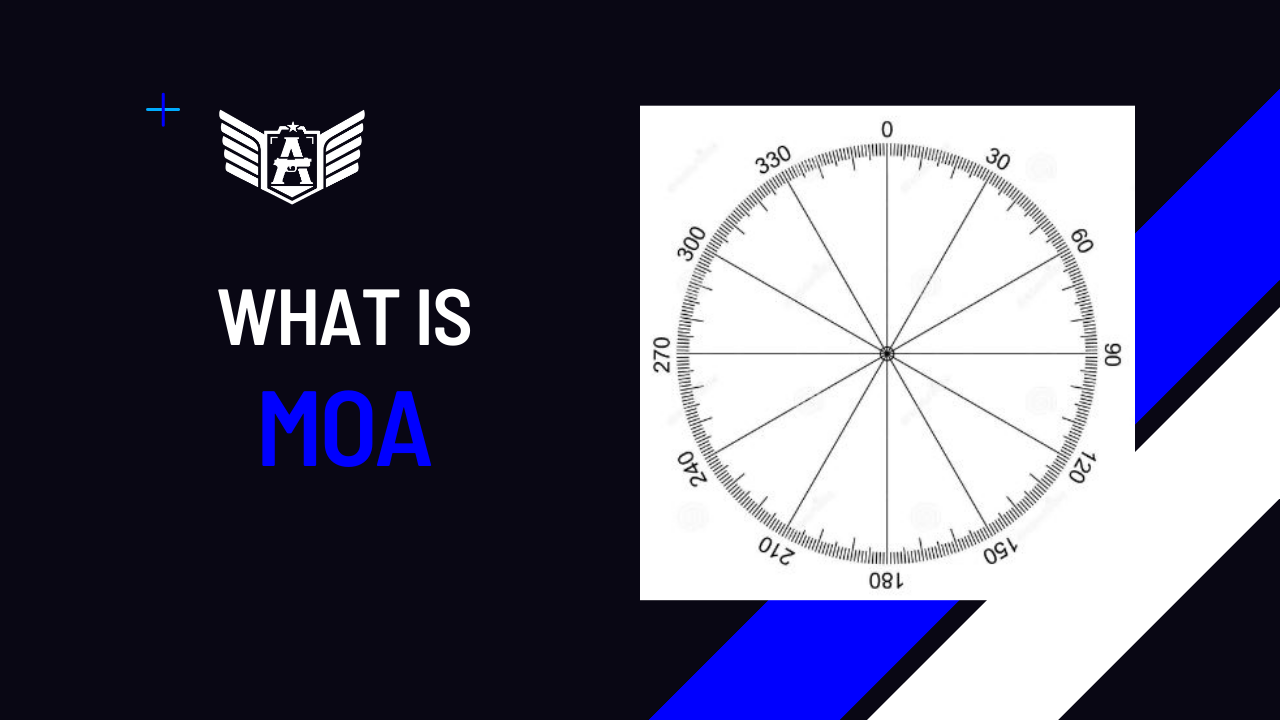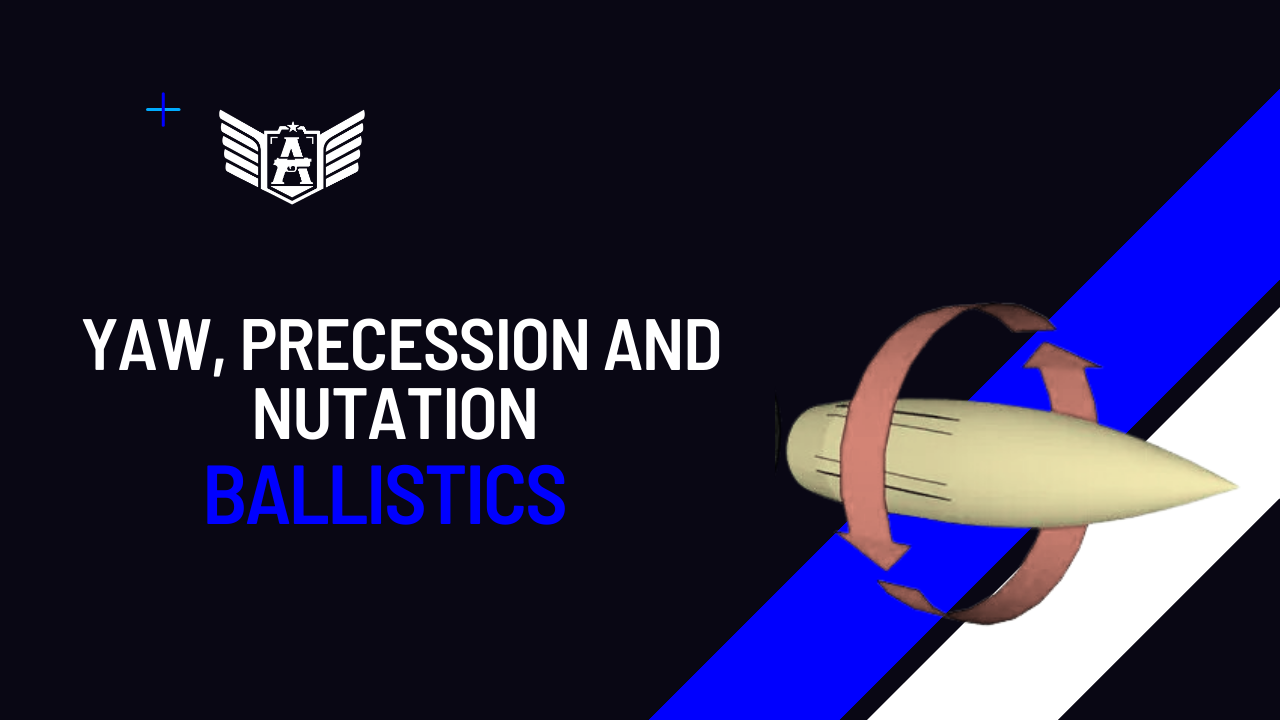- Text originally written for the DEFENSE Institute (BRA) in 2017

Among the most myth-filled and misinformation-laden subjects is undoubtedly ballistics. Shooting, especially precision shooting, is fertile ground for pseudo-experts, keyboard warriors, and all kinds of armchair pundits who believe they understand much more than they actually do.
Well, I’m one of those arrogant individuals, and I will dare to share with you today some concepts that I believe I master. What is this thing called MOA? What is it for? How does it work?
Let’s dive in!
MOA stands for “Minute of Angle,” or minute of arc. Let’s go back to our lessons with Teacher Maricota back in school. A circle is divided into 360 degrees, and as you may know, if you’re looking straight ahead and consider it as 0 degrees, and imagine a circle around you, to your left and right will be angles of 90 degrees and 270 degrees, and behind you will be the angle of 180 degrees.
Each of these 360 degrees can be divided into 60 equal parts, called Minutes of Angle or arc-minutes. This is the scale used in precision shooting. Let’s understand better how it works.

Scopes usually have their adjustments measured in parts of a Minute of Angle, such as 1/4 or 1/2, for example. So, if you click 1/2 MOA on your scope, it means that the farthest part of it moves away from the barrel of your rifle by half a minute of angle.
How does this translate to centimeters or inches on the target?
It primarily depends on the distance that the target is from you.
Traditionally, these measurements are made in yards and inches, so get used to it:
1 Yard (yd) = 0.9144 Meter (m)
1 Inch (in) = 2.54 Centimeters (cm)
At 100 yards, 1 MOA is approximately equal to 1 inch, at 200 yards, it’s 2 inches, and so on, as shown in the table below.

Once again, we go back to Teacher Maricota’s trigonometry classes. Remember that Pythagorean Theorem you complained about not using for anything during adolescence (apologies to the math folks)? Well, it’s time to use it.
The square of the hypotenuse is the sum of the squares of the two other sides. Or, if you prefer, a² = b² + c².
In practice, this means that the larger your adjacent side and hypotenuse, the larger your opposite side will be as well. Or, more practically, the farther the target and the more your scope adjustments will reflect.

Understanding MOA is fundamental to comprehend rifle precision. Let’s go through a practical example. Let’s say you just bought a rifle and the manufacturer states that this rifle has a precision of “1 MOA.”
In other words, if everything is perfect, from the shooter, ammunition, wind, temperature, etc., at a distance of 100 yards, this rifle will always hit an approximately 1-inch target. Any error larger than that is the shooter’s fault or due to another external factor. Any error smaller than that can be attributed to the rifle.
At a distance of 1000 yards or 914 meters, this error increases tenfold, meaning it’s not possible to predict, in a circle of approximately 25.4 cm in diameter, where the impact will occur. Any error larger than that is due to external factors, and any error smaller than that can be attributed to the rifle.
It is also crucial to understand the concept of MOA to adjust the rifle for long-range shots. Remember that gravity is a constant force that starts pulling the projectile towards the ground immediately after it leaves the barrel, so the entire trajectory is a parabola.
Similar to a soccer player taking a free-kick over the wall, hitting the exact angle of the goal, the shooter needs to compensate for the shot, aligning the barrel above the target, so that the projectile impacts in the desired location. Make no mistake: the projectile does not “rise” unless you shoot straight up. The projectile does not accelerate after leaving the barrel.




